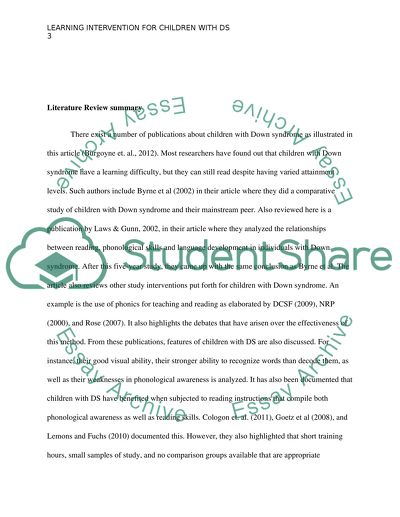Cite this document
(“Efficacy of a reading and language intervention for children with Down Research Paper”, n.d.)
Retrieved from https://studentshare.org/education/1494223-efficacy-of-a-reading-and-language-intervention
Retrieved from https://studentshare.org/education/1494223-efficacy-of-a-reading-and-language-intervention
(Efficacy of a Reading and Language Intervention for Children With Down Research Paper)
https://studentshare.org/education/1494223-efficacy-of-a-reading-and-language-intervention.
https://studentshare.org/education/1494223-efficacy-of-a-reading-and-language-intervention.
“Efficacy of a Reading and Language Intervention for Children With Down Research Paper”, n.d. https://studentshare.org/education/1494223-efficacy-of-a-reading-and-language-intervention.


